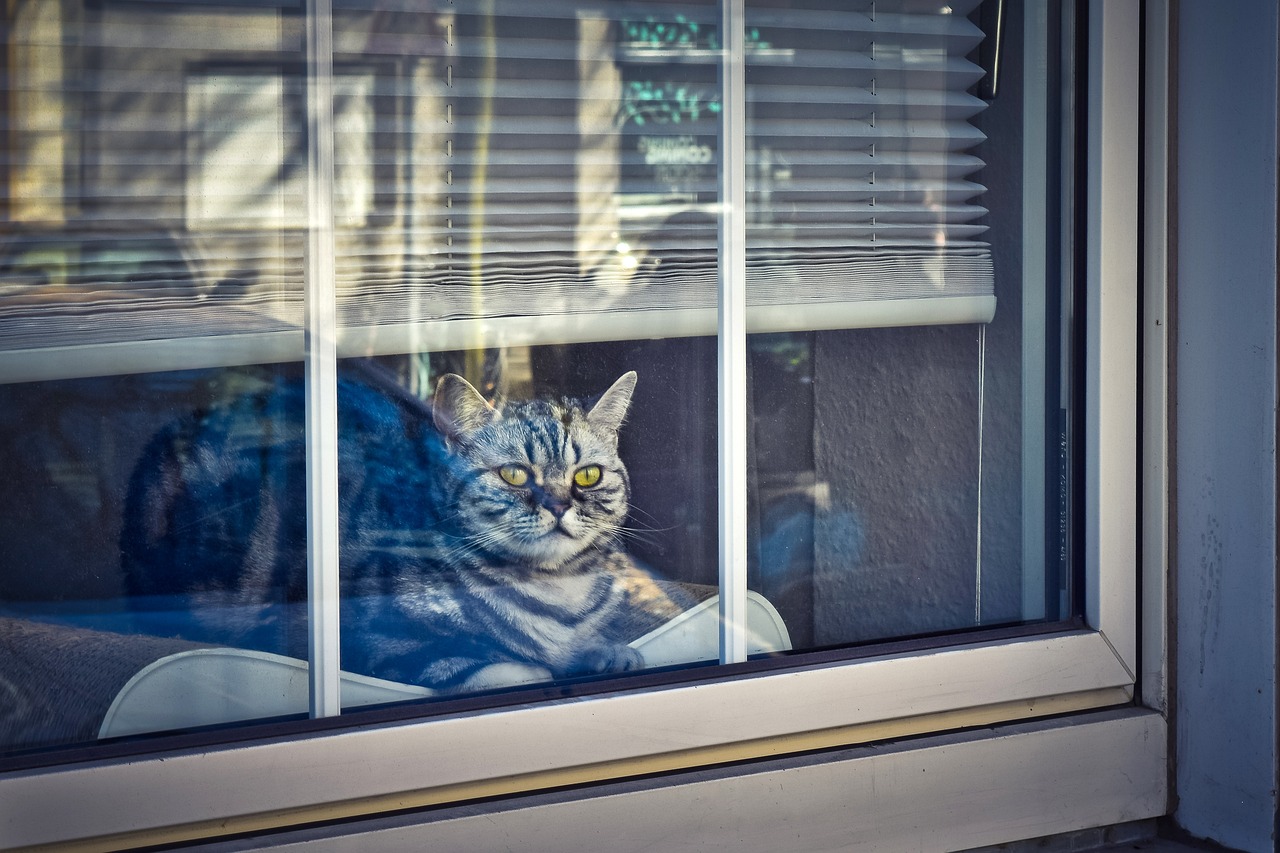Cats, cherished companions to millions of households, possess an innate sense of curiosity and independence. One of the significant decisions cat owners face is whether to keep their feline friends indoors or allow them outdoor access. In this comprehensive guide, we will explore the considerations, advantages, and challenges of indoor vs. outdoor cat care, emphasizing the importance of cat care and pet health in making informed decisions.
Indoor Cat Care: The Sanctuary Within Walls
Advantages:
Safety and Security:
- Reduced Risks: Indoor cats are shielded from various outdoor dangers, including traffic, predators, and potential accidents.
- Health Protection: Reduced exposure to parasites and diseases that outdoor cats may encounter.
Longer Lifespan:
- Indoor cats generally enjoy longer lifespans due to the controlled and protected environment.
- Lower risk of accidents, injuries, and exposure to infectious diseases contribute to overall pet health.
Environmental Control:
- Indoor environments allow cat owners to control temperature, reducing the risk of weather-related discomfort.
- Protection from extreme temperatures, adverse weather conditions, and natural disasters.
Bonding Opportunities:
- More opportunities for indoor bonding, play, and interaction with family members.
- Easier monitoring of the cat’s behavior, enabling early detection of any health issues.
Challenges:
Enrichment Needs:
- Indoor cats may require additional stimulation to prevent boredom.
- Providing interactive toys, scratching posts, and climbing structures addresses their innate instincts.
Weight Management:
- Lack of outdoor exercise may lead to weight issues.
- Regular play sessions and monitored feeding help maintain a healthy weight.
Behavioral Challenges:
- Potential for stress-related behaviors, such as excessive grooming or territorial marking.
- Creating a stimulating indoor environment and providing cozy retreats address behavioral challenges.
Limited Exploration:
- Indoor cats miss out on the natural exploration and stimulation the outdoors can provide.
- Regular play and scheduled supervised outdoor sessions can mitigate this limitation.
Outdoor Cat Care: Embracing Nature’s Realm
Advantages:
Natural Stimulation:
- Outdoor cats experience a wealth of natural stimuli, including sights, sounds, and scents.
- Exploration contributes to mental and physical well-being.
Independence:
- Outdoor cats have the freedom to satisfy their hunting instincts and explore at their own pace.
- Independence fosters a sense of confidence and satisfaction.
Physical Exercise:
- Outdoor environments encourage physical activity, reducing the risk of obesity.
- Climbing, running, and hunting contribute to a more active lifestyle.
Socialization:
- Interaction with other outdoor cats can fulfill socialization needs.
- Outdoor cats may establish territories and engage in social behaviors with other felines.
Challenges:
Safety Concerns:
- Increased risks of traffic accidents, predator encounters, and exposure to infectious diseases.
- Regular veterinary check-ups and vaccinations are crucial for outdoor cats.
Parasite Exposure:
- Outdoor cats are more susceptible to parasites such as fleas, ticks, and intestinal worms.
- Regular preventive measures and prompt treatment are essential for maintaining pet health.
Environmental Hazards:
- Exposure to toxic plants, chemicals, and potential hazards.
- Owners need to create a safe outdoor environment and monitor their cat’s activities.
Weather and Temperature Challenges:
- Outdoor cats face weather-related challenges, including extreme temperatures and adverse weather conditions.
- Providing shelter and monitoring weather forecasts help protect outdoor cats.
Balancing Act: The Hybrid Approach
Recognizing the advantages of both indoor and outdoor environments, some cat owners opt for a hybrid approach, allowing their feline companions supervised outdoor access. This approach seeks to strike a balance between safety and stimulation, catering to a cat’s innate desires while minimizing potential risks.
Supervised Outdoor Time:
- Controlled outdoor sessions under supervision offer cats the opportunity to explore safely.
- Owners can monitor their cat’s activities, ensuring a balance between freedom and protection.
Enclosed Outdoor Spaces:
- Outdoor enclosures, commonly known as “catios,” provide a secure space for cats to experience the outdoors without exposure to potential dangers.
- Catios can be customized to suit various living spaces, offering a compromise between indoor and outdoor environments.
The Role of Cat Care and Pet Health in Decision-Making
Regardless of the chosen approach, cat care and pet health should remain central considerations for every cat owner. Regular veterinary check-ups, vaccinations, parasite prevention, and a balanced diet contribute to the overall well-being of the feline companion.
Veterinary Care:
- Regular veterinary check-ups are essential for both indoor and outdoor cats.
- Vaccinations and preventive treatments for parasites are crucial components of cat care.
Nutrition:
- Providing a balanced and nutritionally complete diet supports overall pet health.
- Owners should consider the cat’s age, health condition, and activity level when selecting cat food.
Hydration:
- Adequate water intake is crucial for preventing dehydration and maintaining kidney health.
- Cat owners should ensure fresh and clean water is always available.
Grooming:
- Regular grooming, especially for long-haired breeds, prevents matting and reduces the risk of hairballs.
- Brushing promotes a healthy coat and minimizes shedding.
Dental Care:
- Dental health is a vital aspect of overall pet health.
- Regular tooth brushing, dental treats, and veterinary dental check-ups help maintain oral hygiene.
Making Informed Choices for Cat Care and Pet Health
The decision between indoor and outdoor cat care is deeply personal and varies based on factors such as the cat’s personality, the owner’s lifestyle, and the local environment. Regardless of the chosen approach, prioritizing cat care and pet health ensures that feline companions lead fulfilling and healthy lives.
Owners should regularly assess their cat’s needs, provide a stimulating environment, and stay informed about potential risks and preventive measures. By fostering a holistic approach to cat care that encompasses physical, mental, and emotional well-being, owners can create a harmonious living environment that caters to the unique nature of their feline friends. Whether within the safety of indoor confines, the adventurous outdoors, or a carefully supervised hybrid setting, the goal remains the same – to provide the best possible care for our beloved feline companions.

